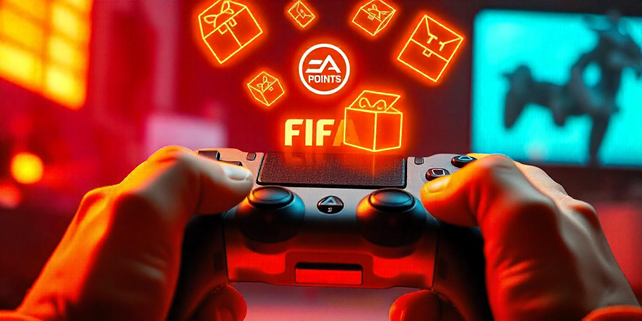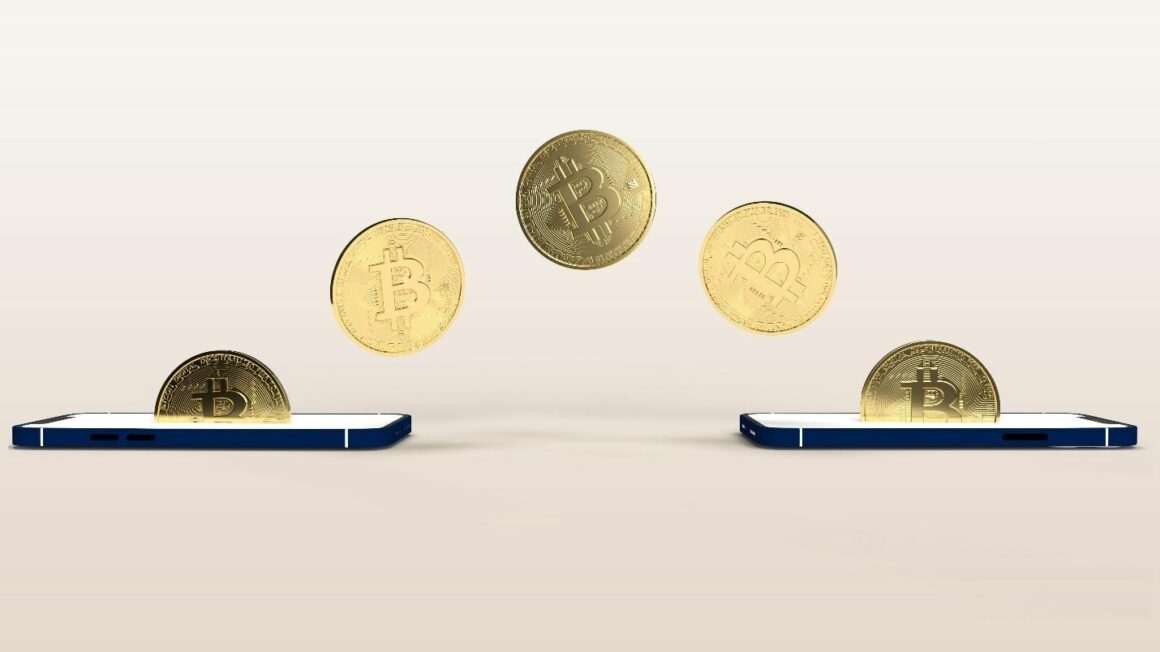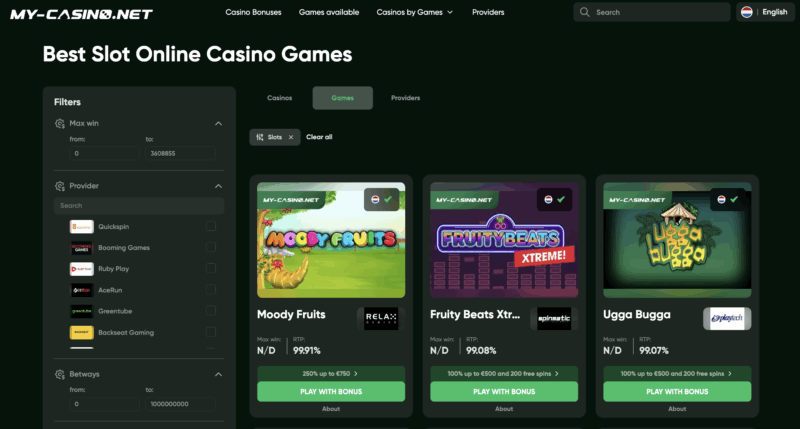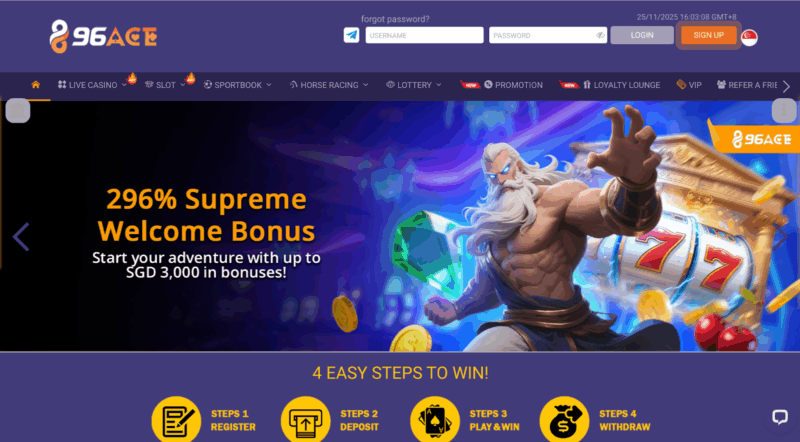

Video game economies have evolved far beyond simple in-game transactions. Titles like World of Warcraft, Counter-Strike: Global Offensive, and FIFA have built complex virtual marketplaces where digital currencies and assets hold tangible value. What once existed purely within game worlds now intersects with real-world financial systems, leading to a growing industry of trading, speculation, and even full-fledged businesses. These economies are not just about gaming; they mirror real-life markets, fostering opportunities and risks akin to traditional finance and gambling platforms such as Casino Kings.
The Value of In-Game Currencies
1. World of Warcraft Gold: The Pioneer of Virtual Economies
One of the earliest examples of a thriving in-game economy is World of Warcraft (WoW). WoW Gold, the primary currency in the game, allows players to purchase items, equipment, and services. Over time, a secondary market developed where players trade Gold for real money. Gold farming—where players or automated bots generate in-game currency for sale—became a full-fledged industry, with some players in developing nations earning a living solely from farming Gold. This led to Blizzard implementing in-game token sales to regulate and capitalize on the real-money trade.
2. CS:GO Skins: Digital Collectibles with Market Value**
Counter-Strike: Global Offensive introduced a unique economy driven by cosmetic weapon skins. While these skins do not impact gameplay, their rarity and aesthetic appeal have fueled a billion-dollar marketplace. Certain skins, like the Dragon Lore AWP, have sold for tens of thousands of dollars, turning digital assets into sought-after collectibles. The tradeability of skins via platforms like Steam Marketplace and third-party sites has also enabled speculation, creating a financial landscape reminiscent of stock trading.
3. FIFA Points: The Pay-to-Win Dilemma
FIFA Points represent another significant example of real-world financial crossover. These points allow players to acquire Ultimate Team packs, containing player cards of varying rarity and skill levels. The controversial aspect of FIFA Points is their resemblance to gambling, as users invest real money without guaranteed returns. This model has drawn regulatory scrutiny, with some countries considering such microtransactions as loot boxes subject to gambling laws.
How Game Currencies Parallel Real-World Gambling
Virtual economies share striking similarities with real-world gambling and financial speculation. The unpredictability of FIFA packs, the fluctuating value of CS:GO skins, and the speculative nature of WoW Gold trading mirror aspects of casino games, betting markets, and stock trading.

Here’s how they compare:
● Risk vs. Reward: Just like betting on sports or playing slot machines, investing in in-game assets carries uncertainty. A CS:GO skin might skyrocket in value, or a FIFA pack could yield worthless cards.
● Market Speculation: The price of in-game items can fluctuate based on demand, rarity, and external influences, much like cryptocurrency and stock markets.
● Regulation and Fraud Risks: Similar to online casinos, game marketplaces have faced fraud, scams, and money laundering concerns. Developers often introduce restrictions to combat illicit trading.
This convergence of gaming and gambling raises questions about consumer protection, ethical monetization, and the future of digital assets in entertainment.
Key Factors Driving the Growth of Virtual Economies
1. Scarcity and Rarity
Scarcity is a fundamental principle behind in-game currency valuation. Limited edition skins, rare items, and seasonal exclusives drive demand, increasing their perceived and real-world value. Some game publishers intentionally create scarcity to fuel market speculation.
2. Player Demand and Engagement
The more engaged a player base, the higher the demand for in-game currencies and assets. Competitive gaming communities, particularly in CS*:GO* and FIFA, drive robust economies where digital wealth directly influences gameplay experience and prestige.
3. Integration with Blockchain and NFTs
Blockchain-based gaming is on the rise, further blurring the lines between virtual and real economies. Games incorporating NFTs (non-fungible tokens) allow true ownership of in-game assets, enabling secure trades and even cross-game asset transfers. Titles like Axie Infinity have demonstrated how blockchain can create fully monetized gaming ecosystems.
Risks and Challenges of Virtual Economies
Despite their appeal, virtual economies come with inherent risks:
● Fraud and Scams: Fake trading platforms, phishing scams, and item duplication exploits can lead to financial losses for players.

● Regulatory Scrutiny: Governments worldwide are debating regulations on loot boxes, microtransactions, and digital item trading to curb gambling-related risks.
● Market Volatility: Just like stocks or cryptocurrency, the value of in-game assets can collapse due to policy changes, game updates, or shifting player interests.
Game developers are constantly balancing monetization strategies while ensuring fair play, ethical game design, and compliance with evolving laws.
The Future of Virtual Economies
Virtual economies are expanding beyond traditional gaming into the metaverse, esports, and decentralized finance. With blockchain innovations, augmented reality, and AI-driven game economies, digital asset trading will become more sophisticated. Future trends include:
- Legal Frameworks and Regulations: Governments and gaming companies will likely establish clearer guidelines to differentiate entertainment from gambling.
- Cross-Platform and Cross-Game Trading: The ability to use assets across multiple games and platforms could redefine digital ownership.
- Integration with Real-World Economies: Cryptocurrency and blockchain adoption may further integrate gaming with traditional finance.
Conclusion
What started as a simple way to enhance gameplay has transformed into an economic powerhouse, blurring the line between gaming and real-world finance. From WoW Gold to CS:GO skins and FIFA Points, in-game currencies have created parallel economies with opportunities and risks akin to traditional financial markets. As these digital economies continue to evolve, players, developers, and regulators must navigate their complexities responsibly to ensure fair, sustainable, and engaging gaming experiences.












